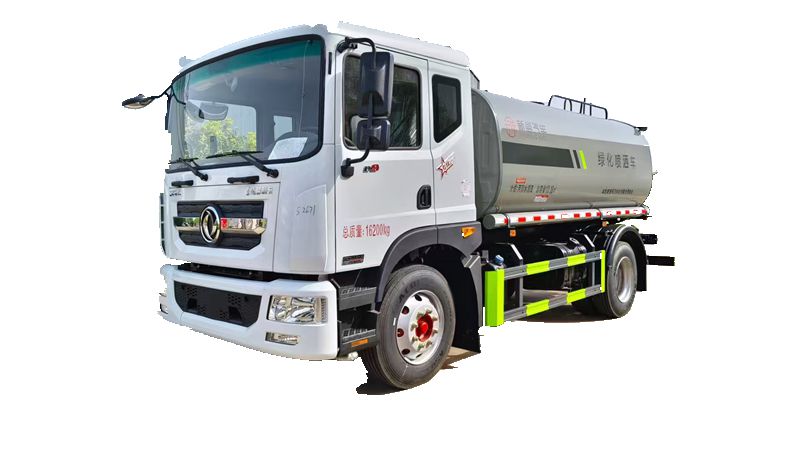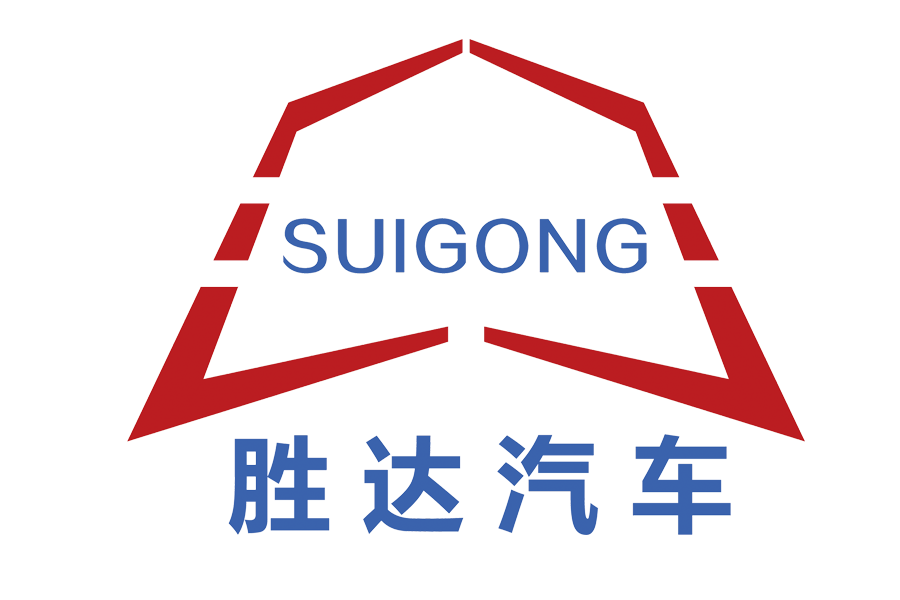Cultural Heritage in Climate Adaptation
Historic sites vulnerable to climate damage are turning to sprinkler trucks for protection. In Greece, ancient stone amphitheaters in Athens and Epidaurus are now misted by specially calibrated sprinklers during heatwaves. The fine spray reduces surface temperatures by up to 10°C, slowing erosion caused by extreme heat expansion and contraction.
In Peru, sprinkler trucks assist in preserving Inca trail paths, which face degradation from tourist foot traffic and erratic rainfall. The trucks deliver controlled water to stabilize soil along the trails, maintaining their integrity while allowing sustainable tourism.

Tech for Resource Optimization
Cutting-edge technology is making sprinkler operations more resource-efficient. In Israel, where water scarcity is acute, sprinkler trucks use soil moisture sensors to determine exactly how much water is needed in parklands and public gardens. This data-driven approach has reduced water usage by 35% compared to traditional scheduling.
Swedish engineers have developed a “smart valve” system for sprinkler trucks, which adjusts water pressure based on the type of surface being treated—lower pressure for delicate lawns, higher for concrete streets. This precision cuts waste and minimizes damage to urban greenery.
Grassroots Sprinkler Solutions
In low-resource communities, innovative adaptations of basic sprinkler trucks are addressing local needs. In Kenya’s slums, community groups have retrofitted old trucks with tanks to deliver clean water to communal taps, supplementing erratic municipal supplies. The trucks also double as mobile hand-washing stations during cholera prevention drives.
In Guatemala, farmers in mountainous regions use small-scale sprinkler trucks—often repurposed from old pickup trucks—to irrigate terraced crops during dry spells, boosting harvests by an average of 20%. “We don’t have fancy equipment, but these trucks keep our families fed,” says a local farmer.
Barriers to Innovation
Funding remains a major obstacle for many communities. In Pakistan’s urban slums, residents lack access to even basic sprinkler services, leading to chronic dust pollution and respiratory issues. Local NGOs are lobbying for government subsidies to expand fleet sizes.
Technological divides also persist. In parts of sub-Saharan Africa, limited access to spare parts for modern sprinkler systems means breakdowns can leave trucks inoperable for months. International aid programs are now focusing on training local mechanics to repair and adapt these vehicles.
Future Visions: Community-Led Design
Experts predict the next wave of sprinkler innovation will be community co-designed. “Cities in the Global South are already showing us how to adapt these trucks to local realities,” says an international development consultant. “Future models might include solar-powered pumps for off-grid areas or modular tanks that switch between water delivery and firefighting.”
As sprinkler trucks continue to evolve beyond their original purpose, they serve as a reminder of how simple tools can be reimagined to meet complex challenges. Whether restoring ecosystems, protecting health, or supporting livelihoods, these vehicles are proving that practical innovation often lies in seeing new potential in the familiar.

